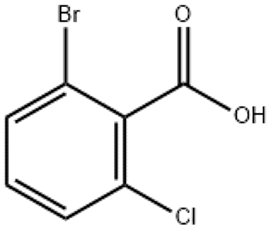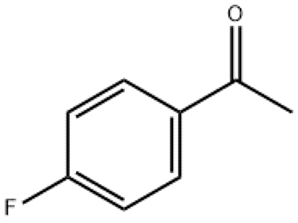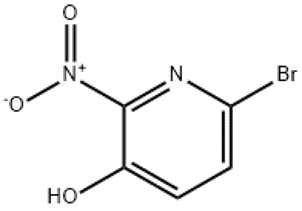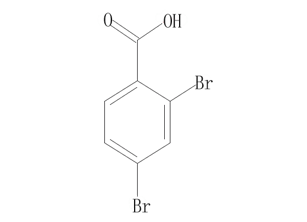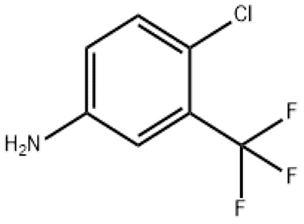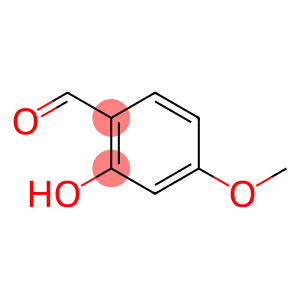2-Bromo-6-chlorobenzoic acid(CAS# 93224-85-2)
| Risk Codes | R25 – Toxic if swallowed R36/37/38 – Irritating to eyes, respiratory system and skin. |
| Safety Description | S26 – In case of contact with eyes, rinse immediately with plenty of water and seek medical advice. S45 – In case of accident or if you feel unwell, seek medical advice immediately (show the label whenever possible.) |
| UN IDs | 2811 |
| WGK Germany | 2 |
| Hazard Class | IRRITANT |
| Packing Group | Ⅲ |
Introduction
2-Bromo-6-chlorobenzoic acid. The following is an introduction to its nature, use, manufacturing method and safety information:
Quality:
- Appearance: Colorless crystalline solid
- Solubility: soluble in organic solvents such as alcohol and ether solvents
- Chemical properties: 2-bromo-6-chlorobenzoic acid is a strong acid that can be neutralized with alkalis. It can also be reduced to its corresponding benzoic acid or benzaldehyde.
Use:
-2-Bromo-6-chlorobenzoic acid can be used in organic synthesis reactions, and is often used as an intermediate in the pharmaceutical industry and pesticide manufacturing.
Method:
-2-Bromo-6-chlorobenzoic acid can be obtained from p-bromobenzoic acid by substitution reaction. The usual preparation method is to react p-bromobenzoic acid with a dilute acid solution, add stannous chloride(II.) as a catalyst, and after an appropriate temperature and reaction time, the target product is obtained.
Safety Information:
-2-Bromo-6-chlorobenzoic acid is an organohalide and should be used with caution.
- Skin contact may cause irritation and redness, so avoid skin contact as much as possible and wear appropriate protective gloves.
- If inhaled or ingested, it may cause harm to the respiratory and digestive systems, so it should be kept away from inhalation and accidental ingestion.
- During operation, good ventilation conditions should be maintained and operation in confined spaces should be avoided.


